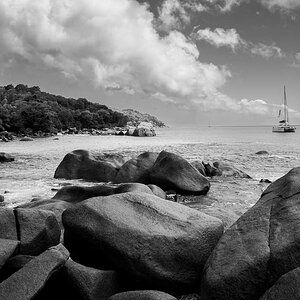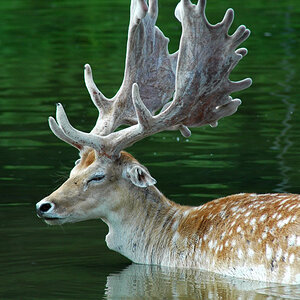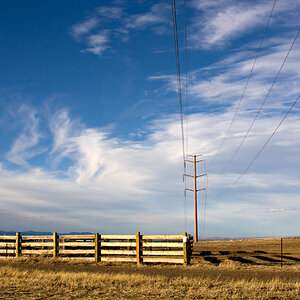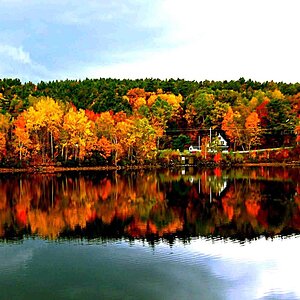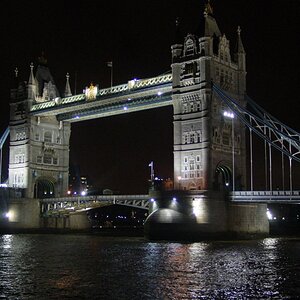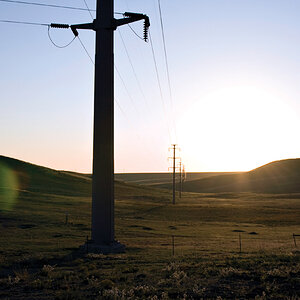still_learning
TPF Noob!
- Joined
- May 29, 2012
- Messages
- 8
- Reaction score
- 0
- Location
- scotland
- Can others edit my Photos
- Photos NOT OK to edit
Hello! I just posted this on another photography website forum and they were quite nasty about it and didn't help but instead chose to tell me how doomed i am if i cannot understand this simple thing. 

Okay, i really should know how to measure out the ratios of darkroom developer/stop/fix etc, since i am at college, but i really don't. Everyone used to just get there first and practice and i would be like, oh, that's fine - everything is set up. And recently, i've been avoiding doing it because i might make a mistake and i shouldn't be at this stage!! ): For example, i don't understand the ratios '1:4 / 1:1' etc
Can someone explain how you know the amount of water etc to add and how the ratios work? Probably doesn't help that i'm not wonderful at math, right?
Please be patient and use layman's terms! I'm not always up to date with the darkroom language! Also, please don't tell me to ask my tutor or classmates. I'm posting this here for a reason!
Thanks! :blushing:
Okay, i really should know how to measure out the ratios of darkroom developer/stop/fix etc, since i am at college, but i really don't. Everyone used to just get there first and practice and i would be like, oh, that's fine - everything is set up. And recently, i've been avoiding doing it because i might make a mistake and i shouldn't be at this stage!! ): For example, i don't understand the ratios '1:4 / 1:1' etc
Can someone explain how you know the amount of water etc to add and how the ratios work? Probably doesn't help that i'm not wonderful at math, right?
Please be patient and use layman's terms! I'm not always up to date with the darkroom language! Also, please don't tell me to ask my tutor or classmates. I'm posting this here for a reason!
Thanks! :blushing:



![[No title]](/data/xfmg/thumbnail/38/38726-c2f92932ae847f22fd6548bf87263976.jpg?1619738702)
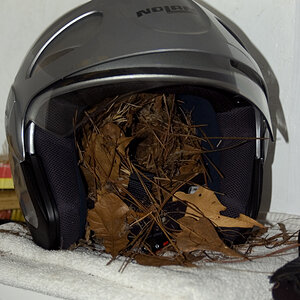

![[No title]](/data/xfmg/thumbnail/37/37126-93feffeca0e9e6ad893962c03a7a341e.jpg?1619737884)

